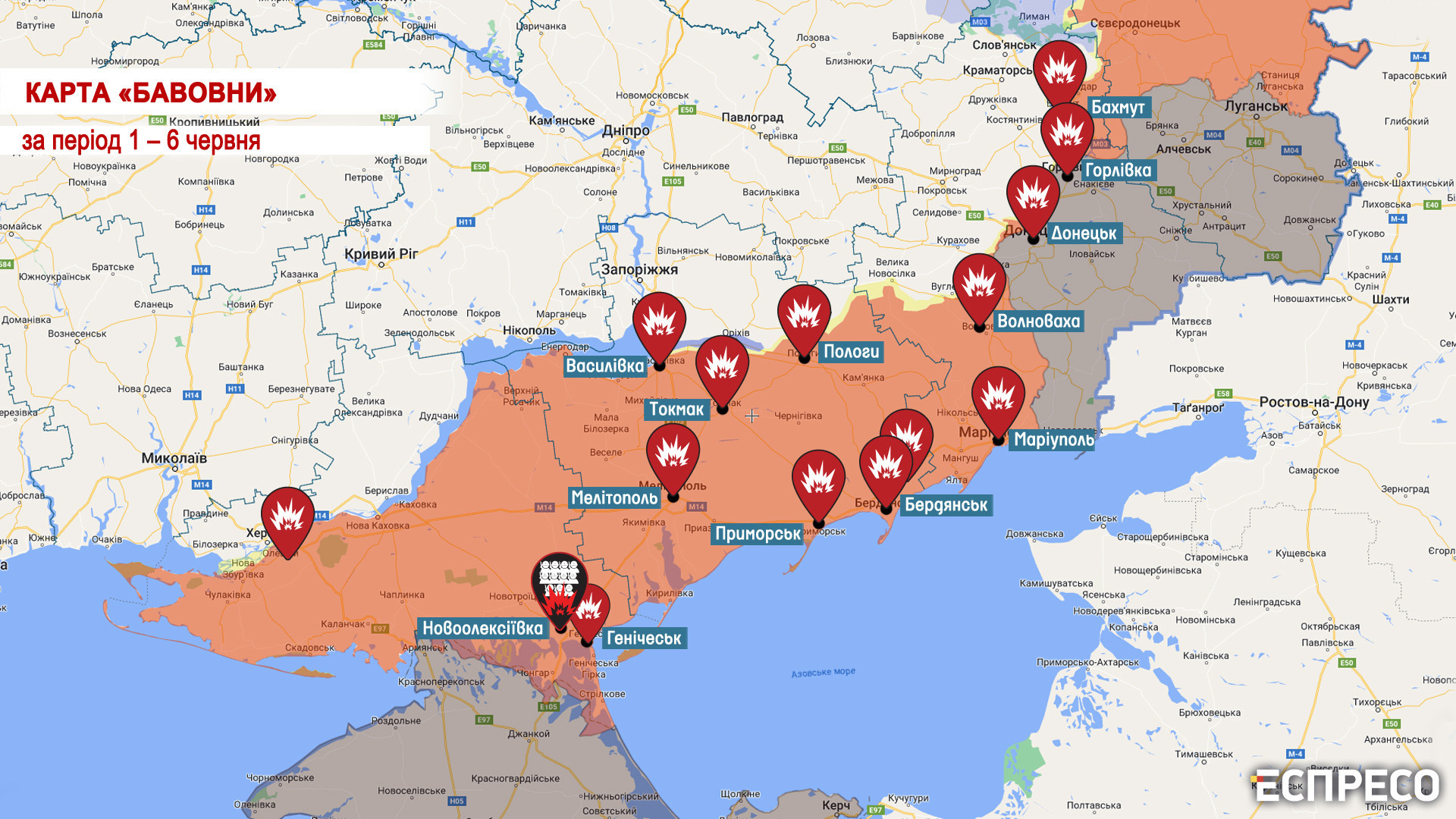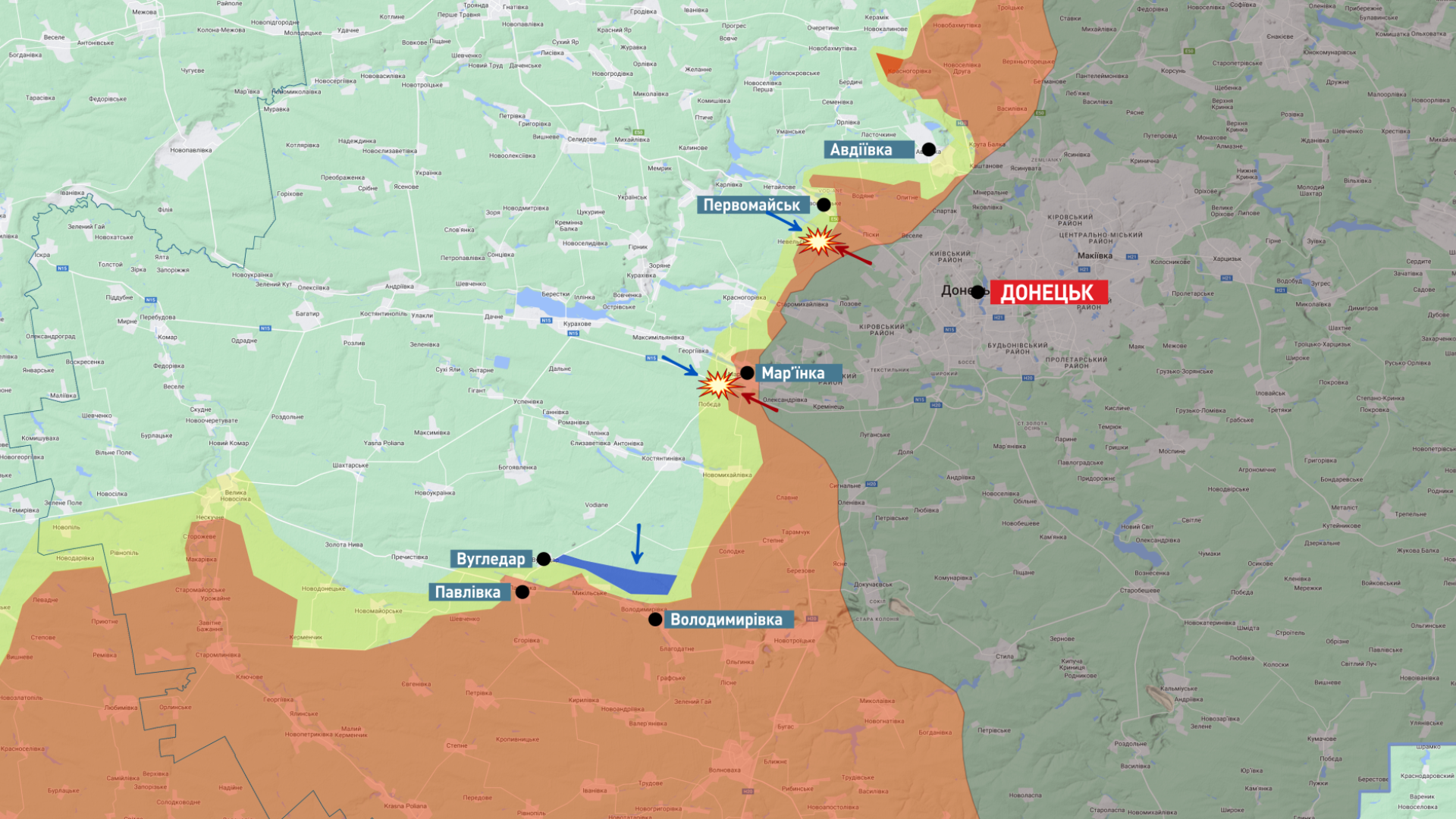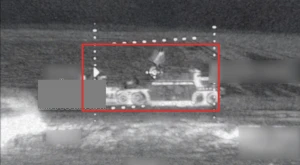
Details of Kakhovka dam destruction and frontline situation, which is becoming increasingly difficult for Russia. Military expert Serhiy Zgurets
Having lost its flanks near Bakhmut, the Russian army will be forced to defend in the destroyed city under the strikes of Ukrainian artillery
Causes and consequences of the Kakhovka HPP dam destruction
On June 6, Russian troops were responsible for the destruction of the Kakhovka Hydroelectric Power Plant (HPP) dam. Ukrhydroenergo CEO Ihor Syrota provided details, stating that the dam was initially blown up on one side, followed by an explosion in the engine room, leading to further destruction of the structures and the dam itself. This is to answer the question: who blew up the dam and how? Ukrhydroenergo estimates that all the water reserves from the Kakhovka reservoir will be depleted in just 4 days. The consequences of this catastrophic event will be significant. Moreover, there are potential military implications as Russia seeks to exploit this man-made disaster by redeploying units from its Dnipro group in Kherson to Zaporizhzhia. Their actions are driven by panic regarding the Ukrainian offensive.
Frontline situation
As of now, the reports from the General Staff of Ukraine lack specific information regarding the events in the Zaporizhzhia direction. Nevertheless, Ukrainian units have already initiated probing actions, particularly near the town of Velyka Novosilka. The focus of these actions is primarily on targeting facilities and objects in the rear of Russian troops. The Ukrainian Armed Forces are actively disrupting the rear operations of the 58th Brigade of the Russian Army, employing a variety of weapons, including cruise missiles.

Today there have been reports of explosions in Tokmak, Polohy and Melitopol again. This is the most intense zone for Russian troops right now.
While Ukraine’s General Staff does not disclose details regarding the Zaporizhzhia direction, it has outlined three other notable hot spots where Russian troops are either resisting or launching attacks. The first area is the Lyman direction, where Russian troops have launched traditionally unsuccessful attacks on Masiutivka, Kreminna, and Bilohorivka. The second area is Marinka, where they currently control a significant portion of the destroyed town, but their progress will be limited to these ruins. The third direction is Bakhmut, where Ukrainian defenders are making advancements on the flanks, as stated by Army Commander Oleksandr Syrskyi today. By losing their flanks, the Russian army will be forced to defend themselves within the ruined city, enduring artillery strikes from Ukrainian forces. The situation is becoming increasingly difficult for Russia, who is now deploying paratroopers and Storm assault units near Bakhmut in a futile attempt to maintain positions against the pressure from Ukrainian brigades.
Avdiivka direction
Another area is Avdiivka, which currently appears to be relatively calm. Avdiivka, situated approximately 50 kilometers from Bakhmut, has been on the frontline for several years. The situation in Avdiivka shares similarities with the events in Bakhmut, as Russian troops previously attempted to encircle Avdiivka from the north and south, aiming to force the Ukrainian military to withdraw from this area. However, the dynamics are now shifting.
Maksym Morozov, a fighter with the Legion of Freedom, Major of the Ministry of Internal Affairs, said that Russian troops continue to shell the city and positions using all available means, from MLRS, tanks, mortars to air strikes. The Avdiivka direction is characterized by the enemy's use of air strikes and barricading air defense systems. Every day, the enemy strikes the city, Ukrainian Armed Forces positions and factories with unguided aerial missiles. The invaders are also trying to storm the city, trying to encircle Avdiivka. Storm Z units were sent to the Avdiivka area, but they ended up being buried in Ukrainian land.
Maksym Morozov, a fighter with the Legion of Freedom and Major of the Ministry of Internal Affairs, reports that Russian troops shell the city and positions using various means, including MLRS, tanks, mortars, and air strikes. What distinguishes the Avdiivka direction is that Russian troops launch air strikes and FAB-type barrage bombs here. Russian troops target the city, Ukrainian Armed Forces positions, and factories with unguided aerial missiles on a daily basis. They also attempt to storm the city and encircle Avdiivka. Despite the deployment of Storm Z units to the Avdiivka area, they were ultimately defeated on Ukrainian soil.

The Legion of Freedom fighter emphasized that probing operations are underway along the entire frontline. There are two brigades in the Avdiivka direction, and these brigades are conducting offensive operations.
The Interior Ministry major added that recently Russian troops launched an attack and the Ukrainian Defense Forces burned a tank near the Butivka mine. Repulsing this attack, Ukrainian defenders were able to conduct reconnaissance assault. Our drones and intelligence units are actively engaged as well. However, there are currently no large-scale counteroffensive actions by the Ukrainian Armed Forces in the Avdiivka direction. And this is quite logical since offensive operations of the Ukrainian army are primarily carried out by brigades assigned to defensive positions. Given the limited forces available in Avdiivka, there is no capacity to launch a direct strike on the heart of the hydra, i.e. Donetsk. But with the forces that are available in Avdiivka, Ukrainian defenders are successfully defending and in certain areas are conducting attacks that are defensive in nature.
Communication systems on the battlefield
Let's discuss a crucial aspect often overlooked in the preparation of a counteroffensive. It's not just about the quantity of tanks or aircraft, such as Abrams, HIMARS, or Patriot systems, that compete on the battlefield. The key advantage lies in having superior capabilities of transmitting information.
A significant contribution to this aspect comes from the supply of communications systems by the American L3Harris Corporation, a leading provider of state-of-the-art secure communication technologies for the Ukrainian Armed Forces. However, there are specific nuances in utilizing these systems in Ukraine. Serhiy Chepel, managing partner of Radio Satcom Group LLC, representing L3Harris Corporation in Ukraine, provides further explanation on this matter.
Communication serves as the nervous system of an army. The significance of Harris communication systems and technologies cannot be overstated. These systems are directly supplied or integrated into the military equipment and supplies received by the Ukrainian Armed Forces from Western partners. In Ukraine, some of these radios are installed on armored vehicles and other military vehicles. Harris radios are operating successfully within the primary battle management system, and the Ukrainian Air Force is also using these technologies with great effectiveness.
Serhiy Chepel said that Russia’s communication situation at the brigade and higher levels is normal, but at the level below battalion, i.e. company or platoon, it is much worse than Ukraine’s. At the battalion level and higher, the enemy uses Azart digital secure radio stations, and we must admit that these are quite good stations. However, they cannot be compared to the capabilities of Ukrainian technology. The objective of Ukrainian military signallers is to maximize the potential of their stations. In ordinary units, the average efficiency stands at 10-15% of the technology's capabilities. On the other hand, main, special, and elite units demonstrate a much better performance, as they often use 100% of their communication technologies.
To conclude Mr. Chepel's speech, I would like to note that we have modern technological systems, but we use the potential of these radio stations only by 10 to 30%. This means that we need to revise our approaches to training signallers so that the potential of technical solutions can be fully utilized on the battlefield.
- News











































